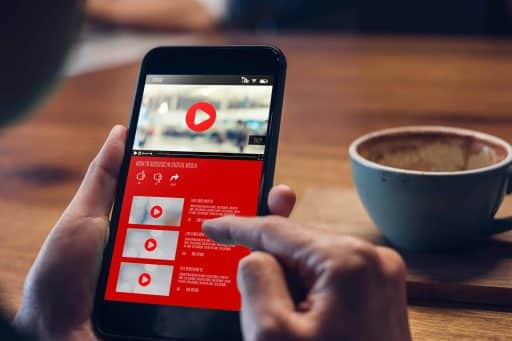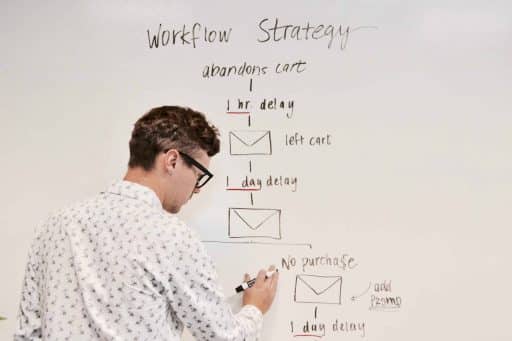The marketing funnel, also known as the sales funnel, has been a staple of marketing for decades. It’s a visual representation of the customer journey, from initial awareness to making a purchase. With the advent of digital marketing, the traditional marketing funnel has undergone a transformation. In this blog post, we’ll explore the evolution of the marketing funnel from traditional to digital.
Marketing funnels have come a long way from their traditional roots, evolving with the changing customer journey. From the simple four-stage funnel to the expanded marketing and sales funnel, and the five-stage digital marketing funnel, there are now many variations to suit different industries and goals.”
Louis – Senior Design & Videographer
The Evolution of Marketing Funnel
Over the years, the evolution of marketing funnel has had a better reflection on the changing customer journey. In the past, the funnel was primarily focused on the sales process, from generating leads to closing a sale. With the rise of digital marketing, the funnel has expanded to include other customer journey stages.
Traditional Sales Funnel
The traditional sales funnel is a four-stage process that includes:
- Awareness
- Interest
- Decision
- Action
This funnel is focused on converting leads into customers and is primarily used in B2B sales.

Combined Marketing and Sales Funnel
The combined marketing and sales funnel is an expanded version of the traditional funnel that includes:
- Awareness
- Interest
- Consideration
- Intent
- Evaluation
- Purchase
This funnel includes the marketing and sales process and is used in both B2B and B2C sales.
Digital Marketing Funnel
The digital marketing funnel is an evolution of the traditional sales funnel that incorporates the online customer journey. It includes five stages:
- Awareness and Engagement (ToFU)
- Consideration (MoFU)
- Remarketing
- Conversion (BoFU)
- Retention (BoFU)
Let’s explore each stage in more detail.
Awareness and Engagement (ToFU)
The top of the funnel is focused on building awareness and engagement with potential customers. This stage includes tactics such as social media, content marketing, and paid advertising to reach a wider audience.
Consideration (MoFU)
The middle of the funnel is focused on nurturing leads and providing them with more information about your product or service. This stage includes tactics such as email marketing, webinars, and case studies.
Remarketing
The remarketing stage involves targeting leads who have already engaged with your brand. This stage includes tactics such as email marketing, social media advertising, and Google retargeting ads.
Conversion (BoFU)
The bottom of the funnel is focused on converting leads into customers. This stage includes tactics such as landing pages, product demos, and free trials.
Retention (BoFU)
The final stage of the funnel is focused on retaining customers and increasing their lifetime value. This stage includes tactics such as email marketing, loyalty programs, and customer reviews.
Other Marketing Funnel Variations
There are a few other marketing funnel variations that are worth mentioning:
E-commerce Marketing Funnel
The e-commerce marketing funnel is a simplified version of the digital marketing funnel that is focused on driving online sales. It includes three stages: awareness, consideration, and conversion.
Content Marketing Funnel
The content marketing funnel is focused on using content to attract, engage, and convert leads. This funnel includes four stages: awareness, engagement, conversion, and retention.
Key Takeaways
- The traditional sales funnel has evolved to include other stages of the customer journey.
- The combined marketing and sales funnel is an expanded version of the traditional funnel that includes marketing tactics.
- The digital marketing funnel incorporates the online customer journey and includes five stages: awareness and engagement, consideration, remarketing, conversion, and retention.
- Other marketing funnel variations include the e-commerce marketing funnel and the content marketing funnel






